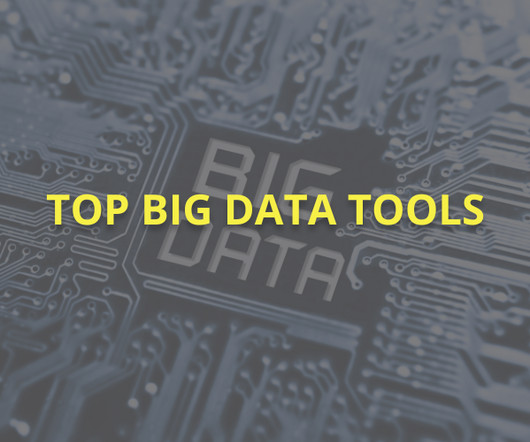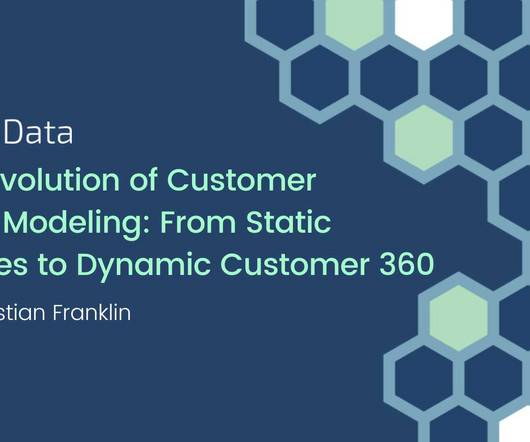Top Big Data Tools Every Data Professional Should Know
Pickl AI
FEBRUARY 23, 2025
Introduction to Big Data Tools In todays data-driven world, organisations are inundated with vast amounts of information generated from various sources, including social media, IoT devices, transactions, and more. Big Data tools are essential for effectively managing and analysing this wealth of information. Use Cases : Yahoo!
















Let's personalize your content